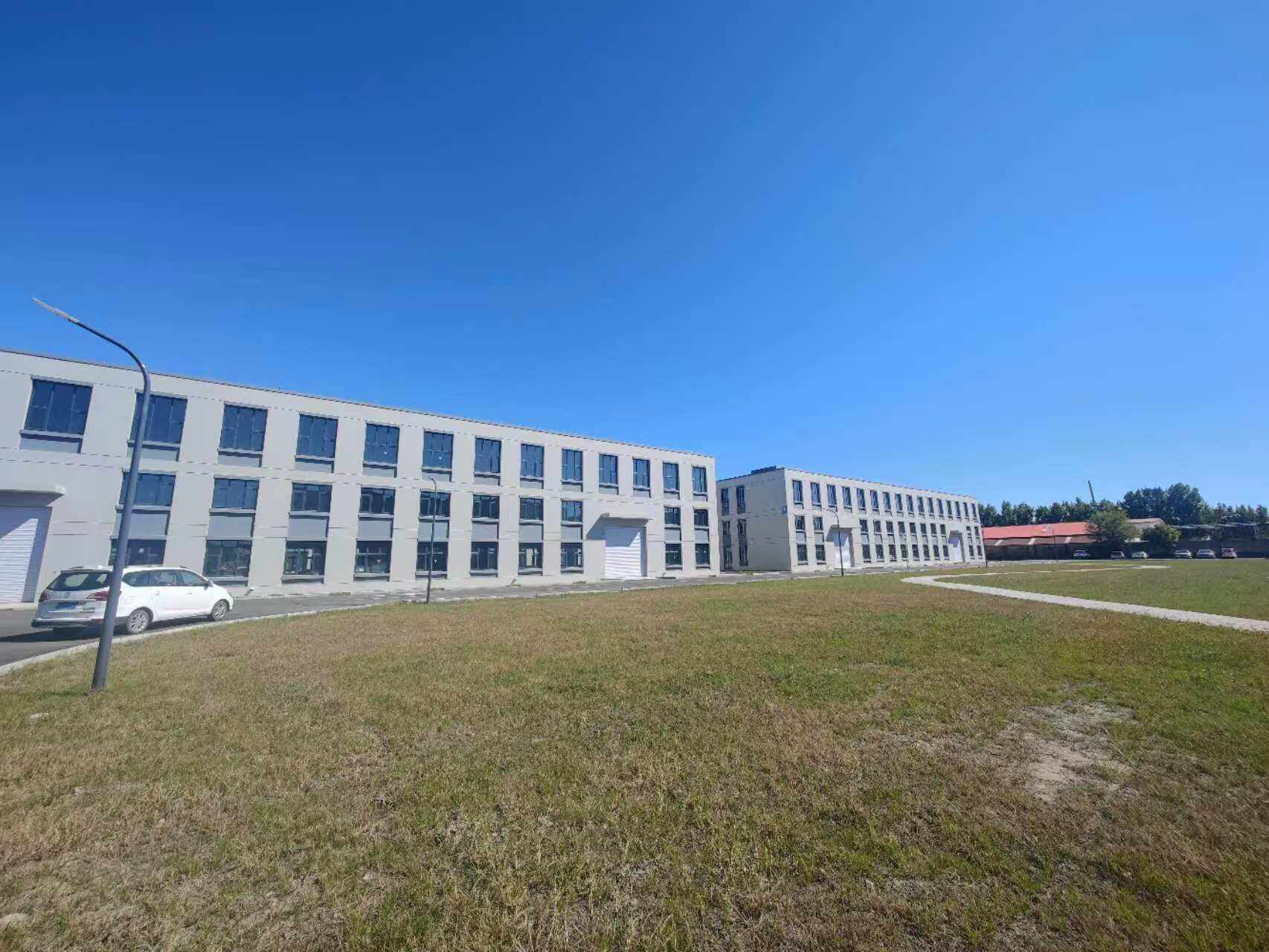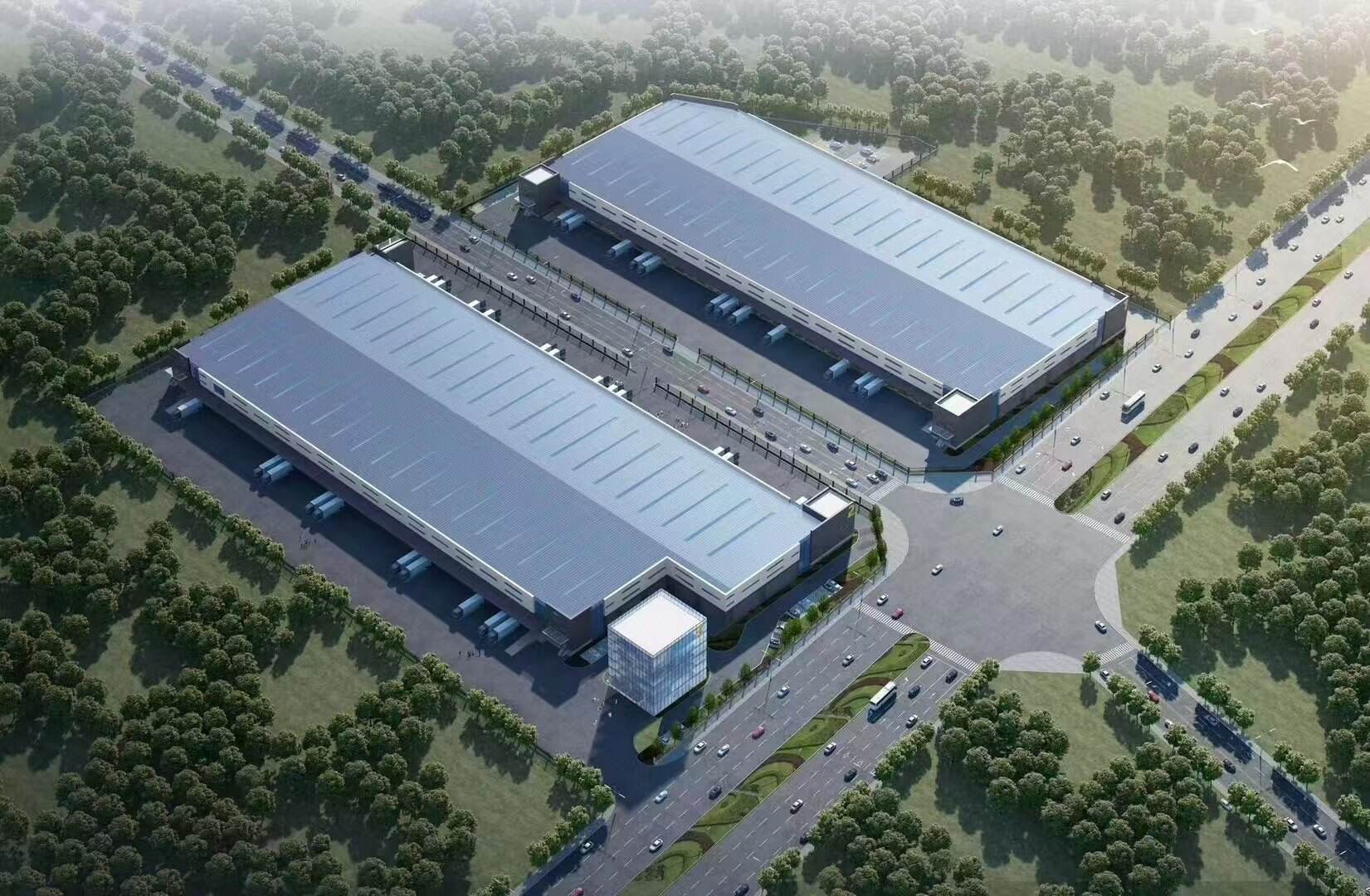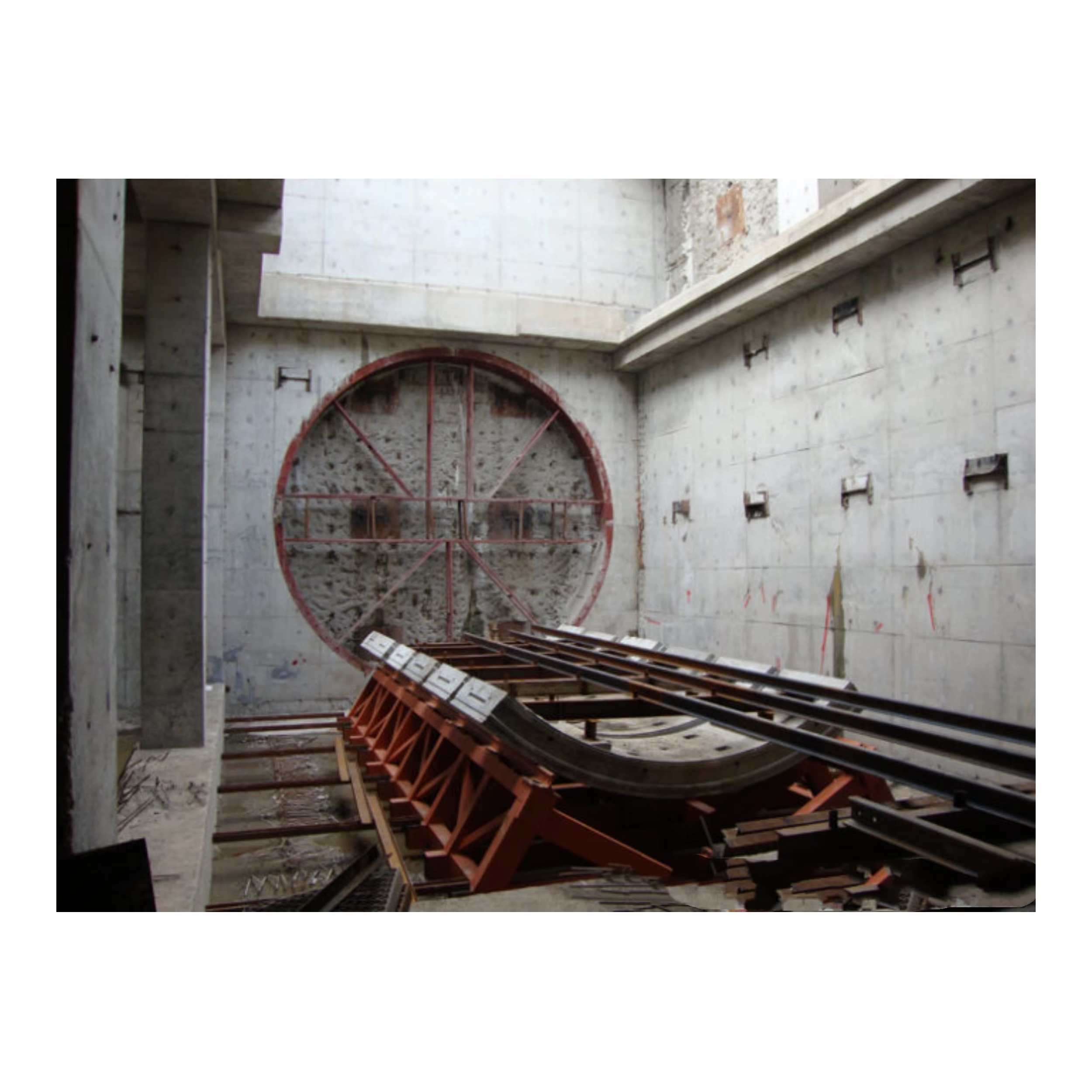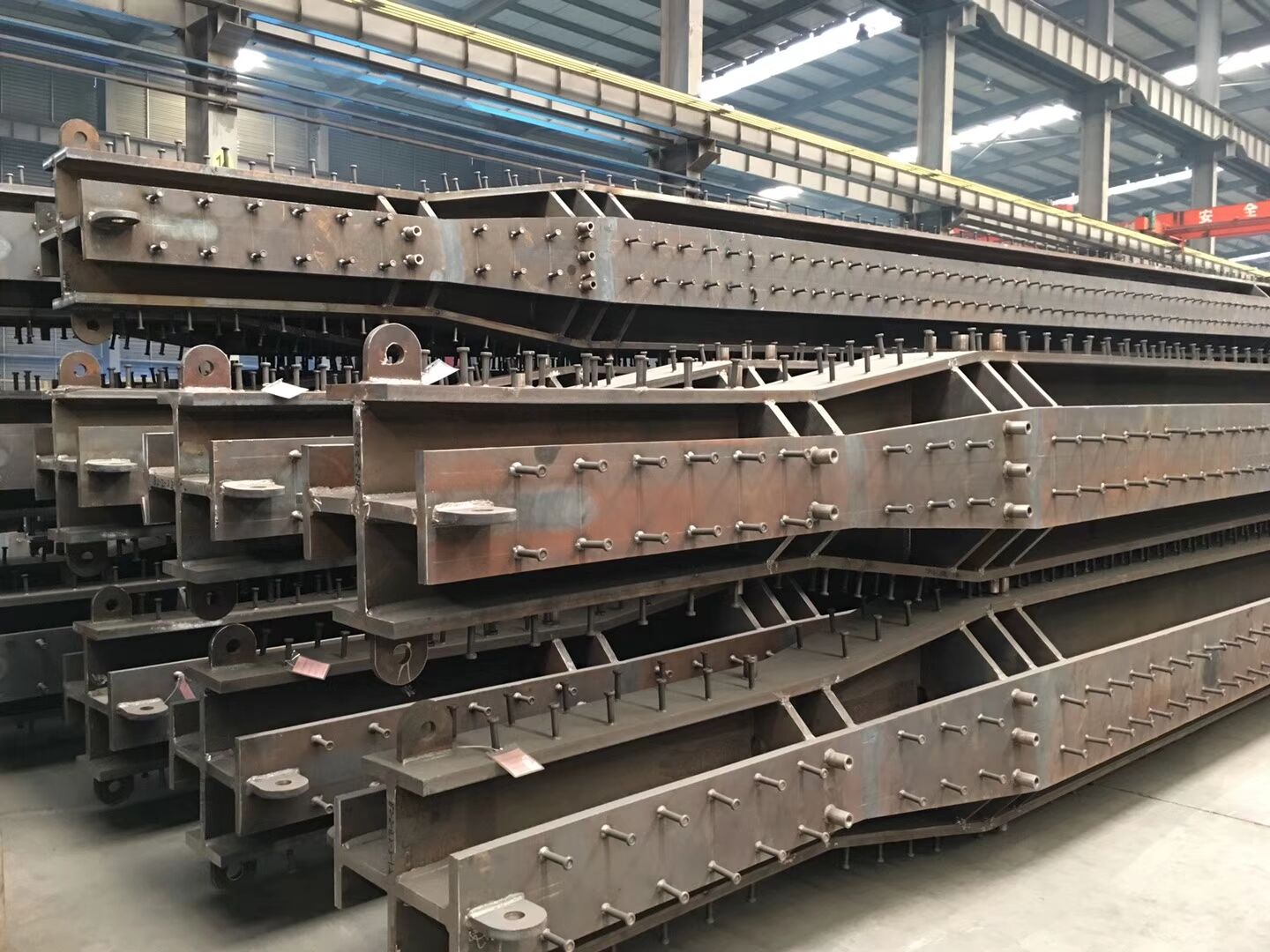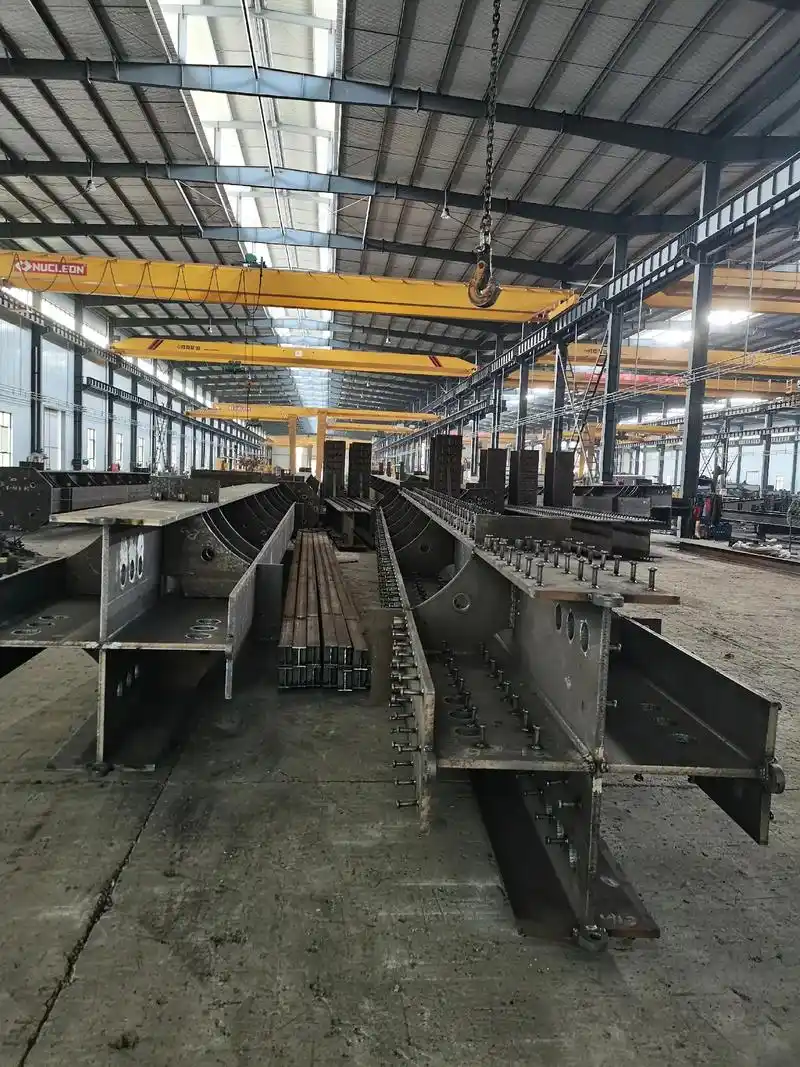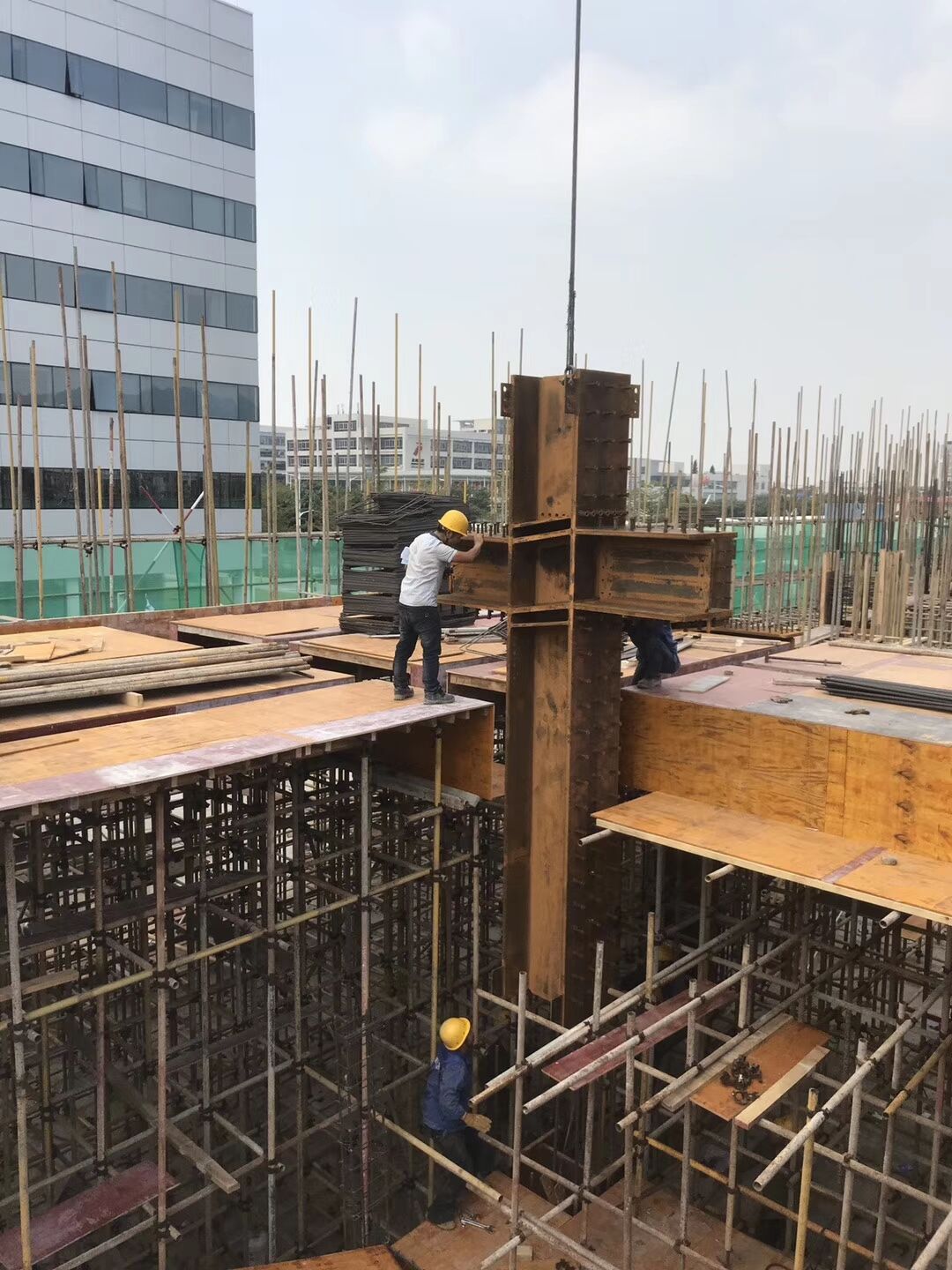composite column
A composite column represents a revolutionary advancement in structural engineering, combining the strength of multiple materials to create a superior load-bearing element. These columns typically consist of concrete encasing a steel section, or steel tubes filled with concrete, resulting in a structural member that maximizes the benefits of both materials. The concrete provides excellent compression resistance and fire protection, while the steel component delivers superior tensile strength and ductility. This synergistic combination allows composite columns to handle greater loads while maintaining a smaller cross-sectional area compared to traditional single-material columns. The technology behind composite columns has evolved significantly, incorporating advanced materials and design methodologies that enhance their performance in various construction applications, from high-rise buildings to bridge supports. These columns demonstrate exceptional stability under both static and dynamic loads, making them particularly valuable in seismic-active regions. The versatility of composite columns extends to their aesthetic appeal, as they can be designed to complement various architectural styles while maintaining their structural integrity.








